Understanding Height
In mathematics, height refers to the measurement of how tall or high an object or person is, typically measured from the bottom to the top. In geometry, height often refers to the perpendicular distance from the base of a geometric figure to its opposite side, such as the height of a triangle, rectangle, or cylinder.
Units of Measurement
Height can be measured using various units, including:
- Centimeters (cm)
- Meters (m)
- Feet (ft)
- Inches (in)
Calculating Height
The method for calculating height varies depending on the geometric figure being measured. Below are the formulas for finding the height of common geometric shapes:
Rectangle
The height of a rectangle is the perpendicular distance between the top and bottom sides of the rectangle. It can be found using the formula:
height = length of the perpendicular line
Triangle
The height of a triangle is the perpendicular distance from the base to the opposite vertex. The formula to calculate the height of a triangle is:
height = (2 * area of the triangle) / base length
Cylinder
The height of a cylinder is the distance between its two circular bases. The formula to find the height of a cylinder is:
height = volume / (π * radius^2)
Study Guide
When studying the concept of height, it's important to understand the following key points:
- Identify the units of measurement for height and be able to convert between different units (e.g., from centimeters to meters).
- Memorize the formulas for finding the height of common geometric shapes, such as rectangles, triangles, and cylinders.
- Practice solving problems that involve calculating the height of various geometric figures.
- Understand the concept of perpendicular distance and its significance in determining height.
By mastering these concepts, students can develop a strong understanding of height and its applications in mathematics and geometry.
.◂Math Worksheets and Study Guides Fourth Grade. Measurement

 Activity Lesson
Activity Lesson
 Activity Lesson
Activity Lesson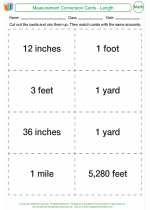
 Activity Lesson
Activity Lesson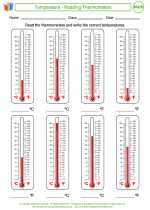
 Worksheet/Answer key
Worksheet/Answer key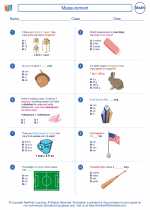
 Worksheet/Answer key
Worksheet/Answer key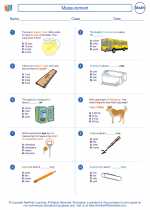
 Worksheet/Answer key
Worksheet/Answer key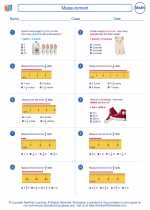
 Worksheet/Answer key
Worksheet/Answer key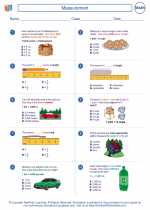
 Worksheet/Answer key
Worksheet/Answer key
 Worksheet/Answer key
Worksheet/Answer key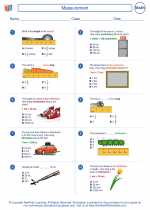
 Worksheet/Answer key
Worksheet/Answer key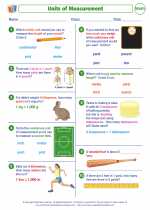
 Worksheet/Answer key
Worksheet/Answer key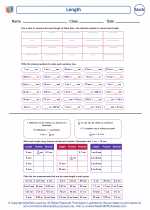
 Worksheet/Answer key
Worksheet/Answer key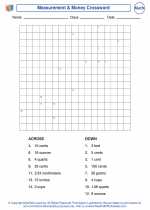
 Worksheet/Answer key
Worksheet/Answer key
 Vocabulary/Answer key
Vocabulary/Answer key
 Vocabulary/Answer key
Vocabulary/Answer key
 Vocabulary/Answer key
Vocabulary/Answer key
